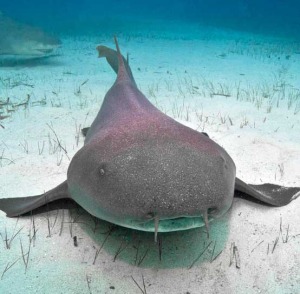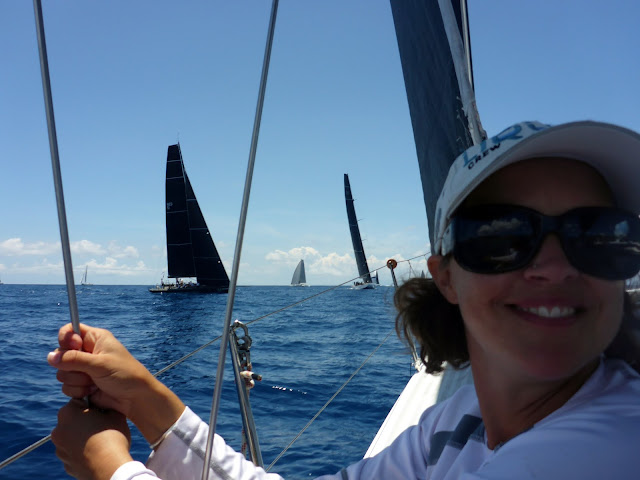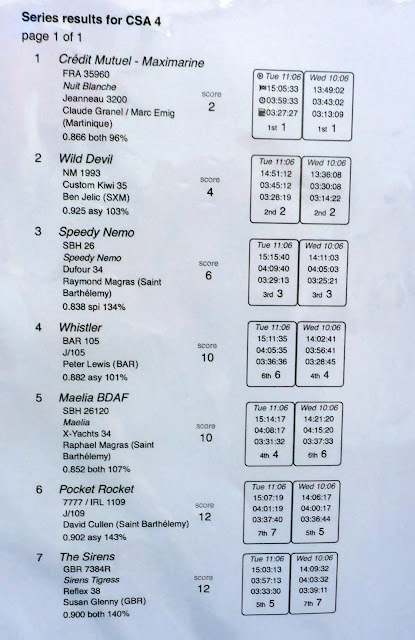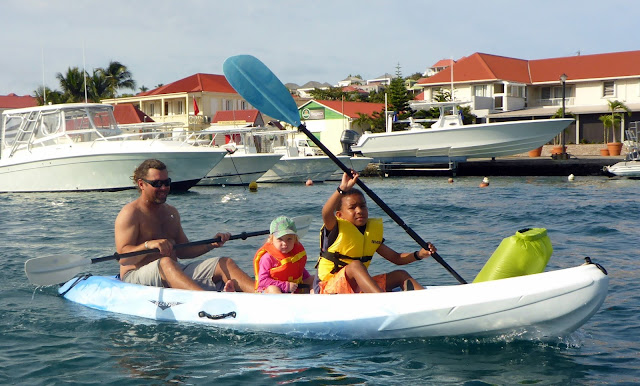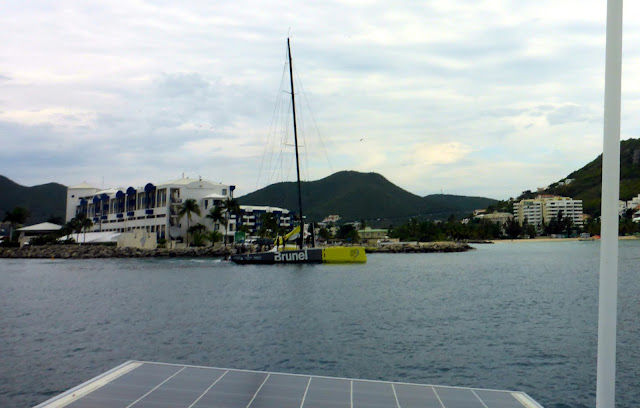what is this under me?
A shark?
a young whale shark maybe?.... with company btw..
It's a harmless Nurse shark..
The nurse shark is light yellowish-brown to dark brown, sometimes have small dark spots. It has a flattened body and a broad, rounded head with two conspicuous barbels between the nostrils, which are used to help find food. The mouth is filled with rows of small, serrated teeth for crushing hard-shelled prey.
Generally slow and sluggish, nurse sharks spend much of their time resting on the ocean's bottom. Unlike many sharks, this species is non-migratory—the nurse shark adapts to cold by becoming even less active!
Nurse sharks reach sexual maturity at 18 years for males, and 20 to 22 years for females. Females produce a litter of about 20 to 25 pups every other year.
(picture from internet)
Did You Know?
The nurse shark can use its large front fins to “walk” along the ocean floor.Diet
Although they may appear sluggish, nurse sharks slurp up benthic, or bottom-dwelling, organisms in their bellows-like mouths with amazing speed. They feed mostly at night on spiny lobsters and other crustaceans, small stingrays, sea urchins, squid and bony fishes.Size
Female nurse sharks, averaging 7.5 to 9 feet in length and 165 to 230 pounds, are slightly larger than males.Range
Common in tropical and subtropical coastal waters on both sides of North America, nurse sharks often inhabit reefs and rest during the day on sandy bottoms or in caves and crevices. They show a strong preference for certain resting sites, repeatedly returning to the same spot after their nocturnal forages.Predators
No species is known to regularly prey on nurse sharks, although they have been found in the stomach contents of lemon, tiger, bull and great hammerhead sharks.======
Nurse Sharks – a bottom dweller
Description
Nurse shark, Ginglymostoma cirratum, from the Ginglymostomatidae family. Its body is yellow-brown to gray-brown, with or without small dark spots and obscure dorsal saddle markings. Mouth is set forward of eyes and is relatively high up on the head – maintaining a more forward position. Noticeable barbells are present, along with nasoral grooves (though there are no perinasal grooves). Spiracles are minute. Dorsal fins are broad and rounded, with the first dorsal being considerably larger than the second. Dorsal fins are set relatively far back along the ventral surface. The upper lobe of the caudal fin is considerably longer than the lower lobe. The caudal fin itself comprises roughly one quarter of the overall body length.They can get quite large with a length of up to 4.5 meters (15ft) as adults. These large creatures reach weights as high as 150 kilograms (330 pounds). Typically, they live to between 25 and 35 years of age.
Unlike most sharks, which require constant motion to move water over their gills and maintain a sufficient internal blood pressure, the nurse shark often remains motionless along the bottom – actively pumping water over its gills through the continual opening and closing of its mouth.




